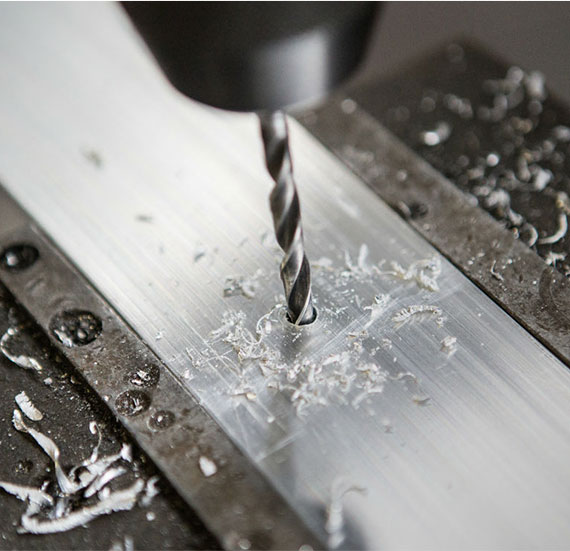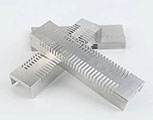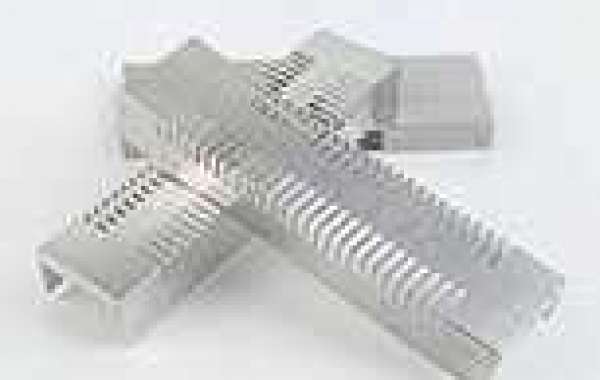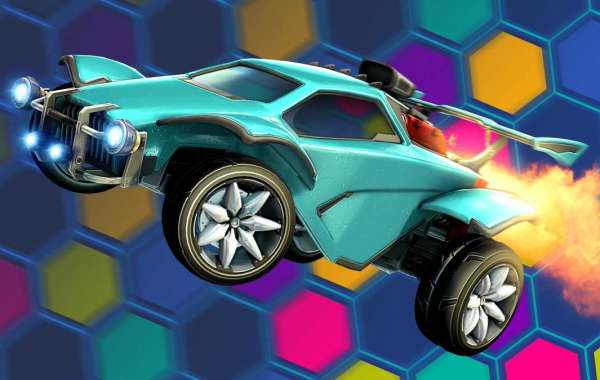
In the machining process known as CNC turning, material is removed from a workpiece by rotating the workpiece while simultaneously using a cutting tool to remove material from the surface of the workpiece. This method is capable of producing a wide variety of parts, some of which have intricate geometries and stringent tolerance requirements. The use of CNC turning parts is widespread across a variety of industries, including the automotive, aerospace, medical device, and electronic product manufacturing sectors.

The process of CNC turning starts with the creation of a CAD model of the component. This model is then used to generate a tool path for the machine to follow while it is cutting the material. A chuck is used to keep the material in place while a cutting tool is moved along the surface of the workpiece to remove material in the desired shape. This process continues until the desired shape is achieved. Because of its precision and accuracy, CNC turning services enable the production of parts with close tolerances and complex shapes. As a result, this method is ideal for the mass production of parts with a quality that is consistent throughout.
Metals, plastics, and composites are just some of the many materials that can be utilized in the production of CNC turned parts. The type of material that is utilized is determined by the particular requirements and applications of the component in question. Aluminum, stainless steel, titanium, brass, and copper are examples of some of the materials that are frequently used in CNC turning.
Post-processing operations, such as polishing, deburring, or coating, may be required to finish the part after it has been turned on a CNC lathe. These operations may also be required. In order to guarantee that the components are up to the required standards and tolerances, quality control procedures are also essential to have in place.
The process of manufacturing CNC turning parts has been revolutionized as a result of technological advancements made over the years. As a result of these advancements, there has been an increase in productivity, an improvement in accuracy, and higher-quality components. The following are examples of some of the technological advancements that have contributed to these improvements:
Automation has been an important component of CNC Turning supplier, contributing to both an increase in production rates and a reduction in the costs of labor. The loading and unloading of materials, as well as the processing and inspection of components, are all within the capabilities of automated systems.
machining on multiple axes Multi-axis machining has made it possible to manufacture components with more intricate geometries, such as turbine blades and impellers. In order to produce components with more complex contours, this method calls for the utilization of machines equipped with multiple axes and the capacity to move in a number of different directions.
Computer programs that simulate:The use of simulation software has made it possible to conduct virtual tests of components before actual production begins. This helps to minimize production mistakes and boosts the accuracy of the end product. This software is able to simulate the cutting process and predict any potential problems, which enables adjustments to be made prior to the production of the part.
As a result of these advancements in CNC turning parts manufacturing, there has been an increase in productivity, an improvement in quality, and a reduction in costs, which has made the process valuable for a variety of industries.
Because of their precision, accuracy, and capacity to produce a variety of complex shapes, CNC Medical Machining parts are utilized extensively throughout the aerospace industry. The following is a list of some of the applications that CNC Medical Machining parts have in the aerospace industry:
Components for engines CNC Medical Machining parts are utilized in the production of a variety of components for engines, including turbine blades, impellers, and parts for the fuel system. For these parts to deliver the best possible performance and reliability, a high level of precision and stringent tolerances are required.
Components for the landing gear Hydraulic cylinders and actuators are two examples of the types of landing gear components that can be manufactured with the help of CNC Medical Machining parts. In order to withstand the stresses of landing and taking off, these components need to have a high level of strength and durability.
Components for aircraft navigation and communication systems are manufactured with the help of CNC Medical Machining parts. Examples of avionics components include sensors, connectors, and switches. In order to guarantee the effective operation of the electrical and electronic systems of the aircraft, these components require a very high level of precision and dependability. In the aerospace industry, precision is of the utmost importance, and CNC turning parts play a significant role in ensuring that aerospace components are accurate and reliable. In addition to the applications that were discussed earlier, CNC turning parts are also utilized in the manufacturing of aircraft structural components such as wing spars, fuselage frames, and engine mounts. These components are mounted on the aircraft. To ensure both the safety of the aircraft and its performance, these components need to have a high level of strength as well as durability and accuracy.
In addition, parts are utilized in the manufacturing process of a variety of aircraft systems, including the hydraulic system, the fuel system, and the pneumatic system. In order to ensure that these systems function correctly and reliably, a high level of precision and close tolerances are required. The use of CNC Medical Machining parts enables the production of components with the required level of precision, which enables the integration of a variety of systems within the aircraft.
CNC turning parts can be utilized in the production of new aircraft components as well as in the repair and maintenance of existing aircraft components, in addition to the production of new aircraft components. The production of a replacement part can be accomplished through a technique known as "reverse engineering," which entails producing a CAD model of the component that is already in use and then turning it with a CNC machine. This procedure has the potential to cut down on both maintenance costs and downtime, all while maintaining the aircraft's high level of operational safety.
Because of their precision, accuracy, and capacity to produce a wide variety of complex shapes, CNC turning parts have developed into an essential component of the aerospace industry. The developments in technology will continue to play a significant role in the industry's ability to meet the requirements set forth, as the industry will continue to demand components of a high quality and reliability.








